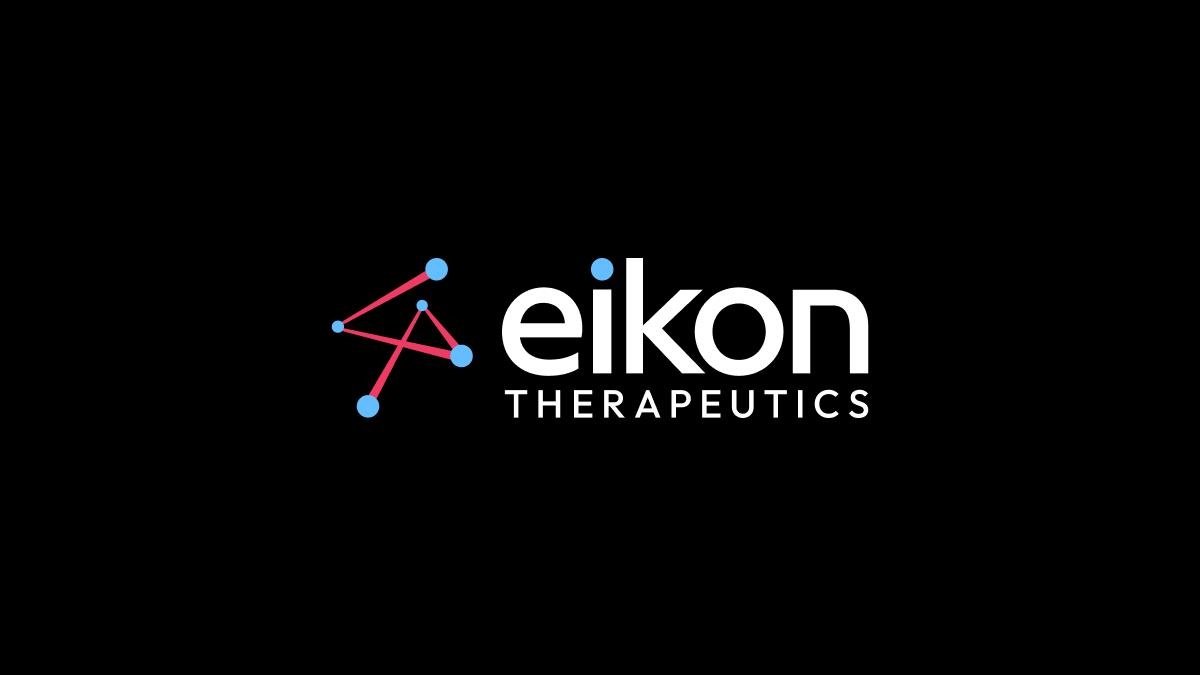How social media is helping clinicians on the front line in the treatment of rare diseases

Social media is unique in its capacity to gather insight into the thoughts and opinions of large numbers of healthcare professionals (HCPs) quickly.
Indeed, new research has offered insight into the applications of social media among HCPs treating, and patients suffering from, rare diseases such as lupus, myasthenia gravis, sickle cell, and multiple sclerosis. It shows how social media offers patients a community where they can share and discuss their symptoms with others living with rare diseases, but also how it can offer those treating patients a place to share their experiences, seek advice, or discuss the efficacy of new and novel treatments.
Rare, complex, and diverse
By their very nature, rare diseases are rare, but they are also diverse. In its first Rare Diseases Action Plan, published to mark Rare Disease Day 2022, the Department of Health estimated that there are more than 7,000 rare diseases. Collectively, they affect some 3.5 million people in the UK. By contrast, cancer alone afflicts approximately 3 million people in the UK, according to Macmillan.
But this rarity, complexity, and diversity means it is often difficult for healthcare professionals to receive training on every condition or for patients to access the relevant specialist. Social media can help with this. Many HCPs turn to social media for important insights about diagnosis and treatment options. Platforms such as Twitter, for example, offer clinicians the opportunity to instantly connect with colleagues from across the world who can share insights into treatment techniques.
Social media can also be used by patients and doctors to raise awareness and fight for access to new treatments. This all matters because the discourse and type of information being shared can go on to have real world impacts on patients. Access to an expert community that has been created and sustained via social channels is particularly valuable in more remote areas, where little to no in-person clinical expertise may be at hand.
To better understand the nature of the online conversation surrounding rare diseases among both HCPs and patients in relation to rare diseases, Creation Healthcare analysed some 672,639 posts on Twitter. These were generated by 92,700 HCPs over the period May 2022 to April 2023.
The rare disease conversation among HCPs on Twitter
The graph below shows that the online discussion covered a wide range of different diseases, including lupus, sickle cell disease, and multiple sclerosis. These accounted for 19,946, 14,959 and 9,978 posts, respectively. However, focus was given to sickle cell disease and myasthenia gravis, given heightened levels of interest following recent treatment developments.

Myasthenia gravis
Looking at the results in more detail, analysis revealed how social media can be used differently by HCPs for different diseases. For example, HCP discussion surrounding myasthenia gravis focused heavily on diagnosis, with many HCPs expressing a lack of clarity on how to diagnose the disease. We also found concern among HCPs that there is an over-reliance on imaging and testing in diagnosis, and that there is a particular confusion surrounding thymomas as an associated clinical feature of myasthenia gravis.

Often, and in response to these concerns, other HCPs would share research (see graph above) and infographics into the overdiagnosis of the disease, highlighting the concomitant implications of offering patients the wrong treatment. For instance, in response to a Tweet from Jo (a patient from Australia) about myasthenia gravis and secondary diagnoses being over reliant on tests versus ‘sound clinical skills’, Aure, a physician from Spain, agreed, saying ‘absolutely […] a negative test for thymic hyperplastia or negative antibodies doesn’t rule out [myasthenia gravis]’.
Sickle cell disease
In terms of sickle cell disease, the discussion was found to have a different focus; namely, new treatments and the patient experience. For example, 47 HCPs shared a post by Sekar Kathiresan, the CEO of Verve Therapeutics, congratulating the team at CRISPR Therapeutics for positive trial data surrounding the use of exagamglogene autotemcel (exa-cel) in the treatment of sickle cell disease. However, one oncologist commented on the ‘very exciting’ results, but cautioned that there is ‘lots more to do to make somatic gene therapy accessible and safe’.
Campaigning for patient centricity was also a focus of the sickle cell social media commentary. Several haematologists discussed the need to ‘#ListenToThePatient’ and to take pain scores more seriously. Likewise, two paediatric haematologists criticised failure by other clinicians to acknowledge the importance of early intervention in pain management.
Perhaps most interestingly, examples of HCPs simply using social media to ask for medical information was identified – from a US nephrologist asking for safety advice on using SGLT2 inhibitors, to a pharmacist in Ghana asking for a copy of the American Pain Society sickle cell guidelines.
Digital Opinion Leaders
The last part of the analysis examined ‘Digital Opinion Leaders’ – the HCPs most trusted and influential in online conversations. For myasthenia gravis, the cardiologist Joshua Walinjom was identified as among the most influential, with 69,062 followers on Twitter. For sickle cell treatment, paediatric haematologist Patrick McGann was the most mentioned clinician among his peers.
The examples above are only a sample of how social media can be used, from offering helpful clinical advice to providing a forum for fellow patients to interact in an otherwise isolated world. Given the hundreds of thousands of exchanges about rare diseases by HCPs each year, for this reason, understanding what people are saying has never been more important for pharmaceutical companies, patients, and clinicians alike.












